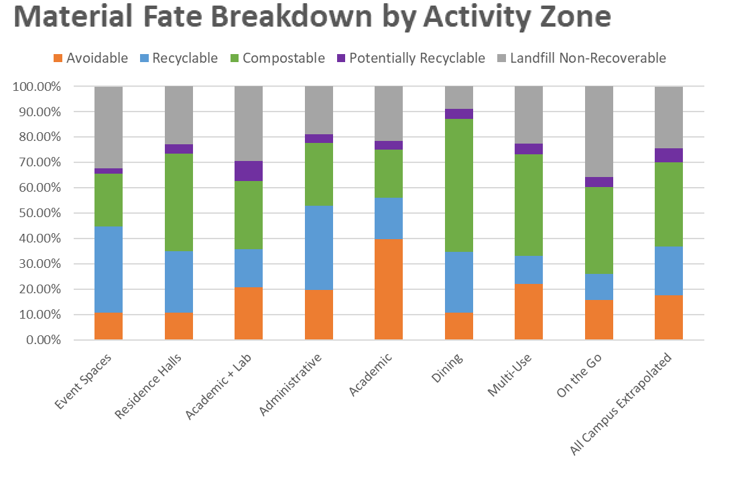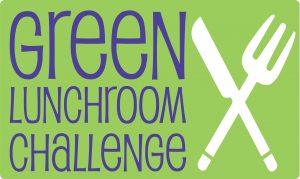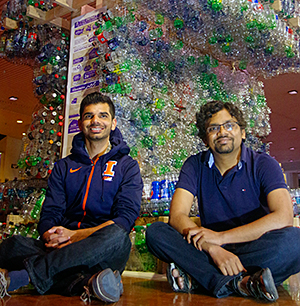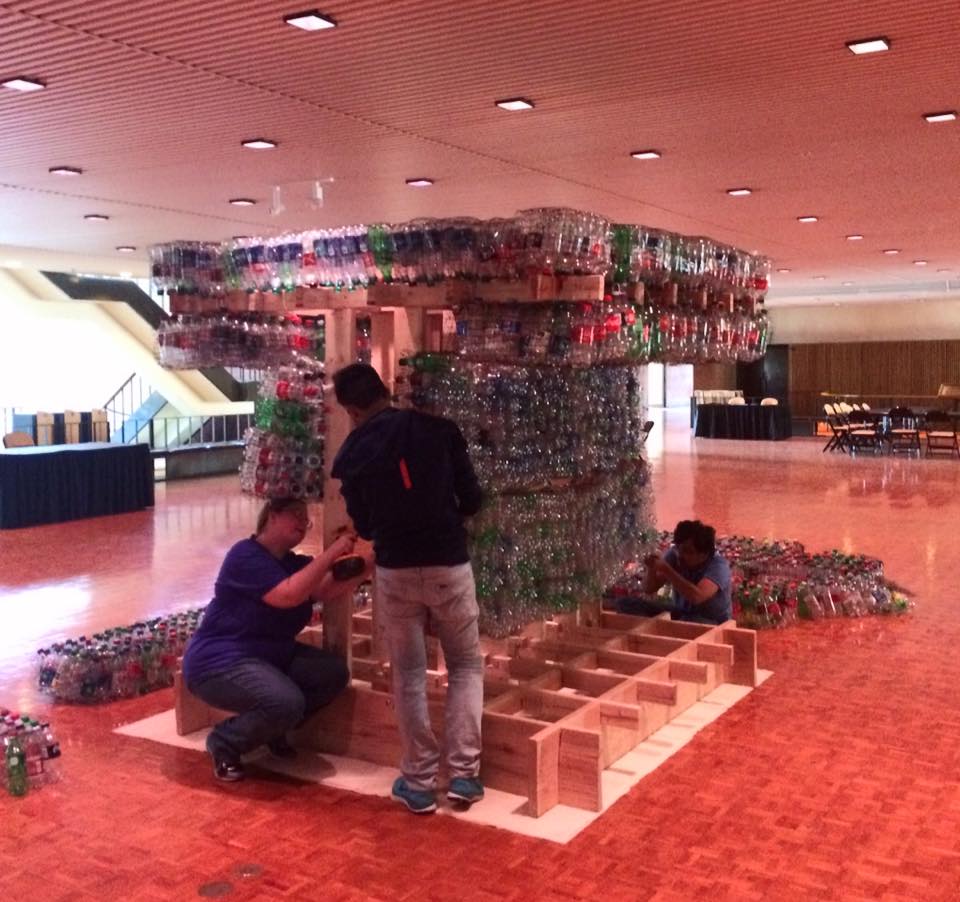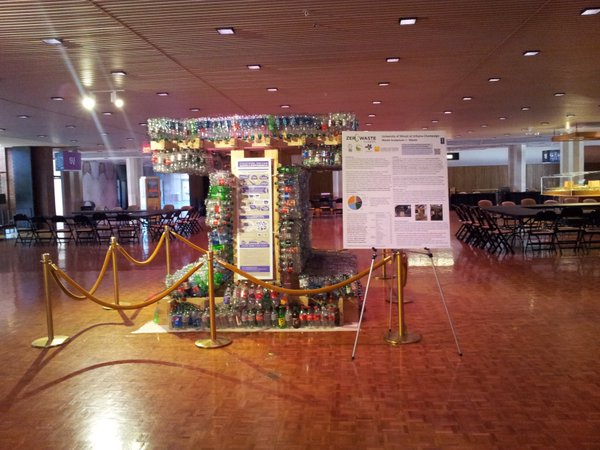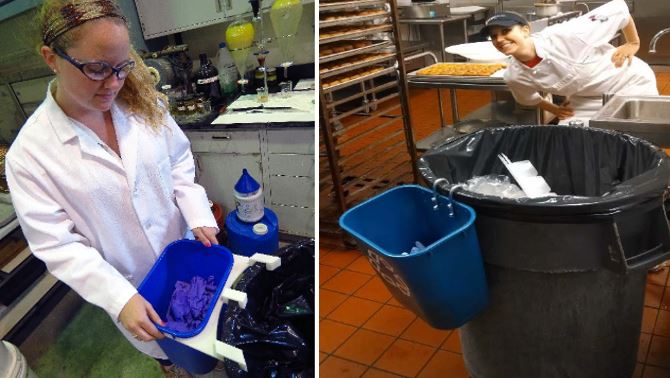
Project Title: University of Illinois at Urbana-Champaign Nitrile Glove Recycling
Sector: Higher Education
Location: Champaign-Urbana, IL
Service: Implementation Assistance, Stakeholder Engagement, Fostering Sustainable Behavior
Background: The Technical Assistance Program (TAP) conducted a waste audit of the Illinois Sustainable Technology Center (ISTC) headquarters building on the University of Illinois at Urbana-Champaign campus in February 2013. The results of the waste audit revealed that single-use non-hazardous gloves were 13% of the ISTC waste stream at the time. The Zero Waste Illinois team explored multiple options to reduce and recycle the single-use non-hazardous gloves. Kimberly Clark, a company that manufactures nitrile gloves, takes their gloves back to recycle into park benches, bike racks, etc. through their RightCycle program. ISTC piloted the use of the RightCycle program throughout its labs.
The subsequent UIUC campus waste characterization studies revealed single-use non-hazardous gloves were significant components of the waste stream at other campus locations. Thus, the expansion of the nitrile glove recycling program to other campus locations was explored.
Approach: After successfully integrating the glove recycling project within ISTC labs, the Zero Waste Illinois team explored expanding this program for University Housing at its dining operations, with funding from the UI Student Sustainability Committee. The dining hall at Ikenberry Commons was selected as the pilot facility for the glove recycling program within University Housing. After several meetings with various stakeholders in University Housing Dining Services, collection was deemed to be the critical step in the process. It was determined that installing a collection bin to hang off existing trash bins would be a simple, inexpensive way to encourage proper separation of the used nitrile glove for recycling. Since no appropriate commercial collection unit was available, two custom-designed options were presented to the dining hall. Created using Inventor, a 3D design program, one option was a 3D-printed plastic piece designed to latch onto the side of existing Brute trash containers while securely cradling a small recycling container for the gloves. The other option involved screwing two hooks through the side of a small recycling bin and then using the hooks to hang the recycling bin from a trash container. Although the plastic piece was more creative and designed by a University of Illinois student, in a University of Illinois lab, it was more expensive to roll out. Therefore, the hook design was implemented across all dining operations.
Results: In 2020 dining diverted over 7,000 lbs. of gloves through this program. Based on this pilot project, the University explored expansion of the glove recycling program at other campus locations. See https://icap.sustainability.illinois.edu/project/glove-recycling for status updates.
- Nitrile Glove Recycling Implementation Project (Report to Student Sustainability Committee)
- Giving Sustainability a Hand: Student Helps Launch Recycling Program for Disposable Gloves (Article from Postmarks, Newsletter for Parents and Friends of the University, Spring 2015)
- Giving gloves new life: Illinois SustainableTechnology Center takes recycling to the next level (Case Study/Testimonial produced by Kimberly Clark)
Other projects with this client:
https://tap.istc.illinois.edu/category/university-of-illinois-at-urbana-champaign/
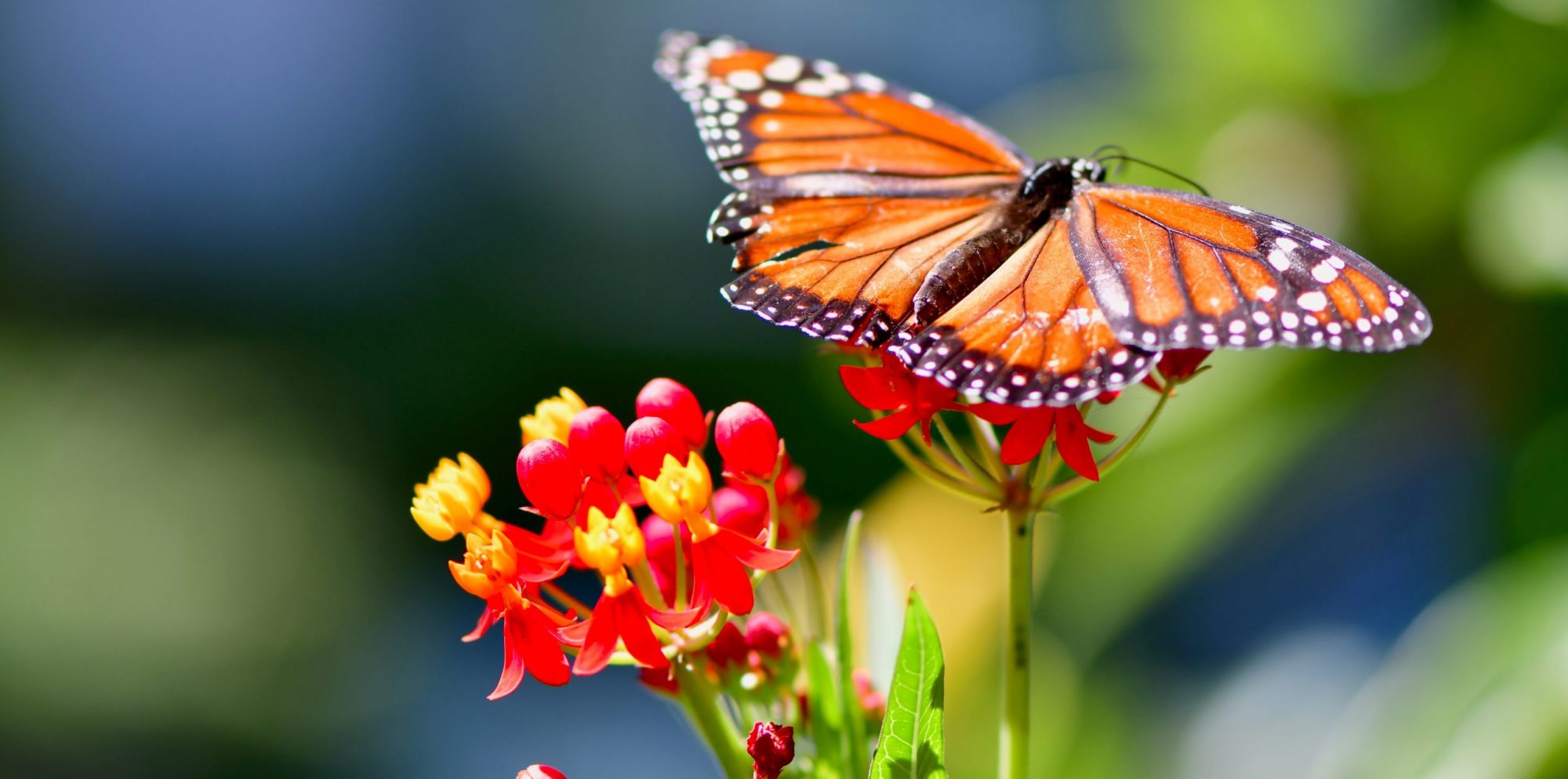
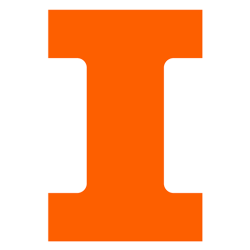
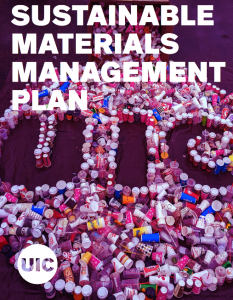 Project Title: University of Illinois at Chicago (UIC) Integrated Solid Waste Management Plan
Project Title: University of Illinois at Chicago (UIC) Integrated Solid Waste Management Plan